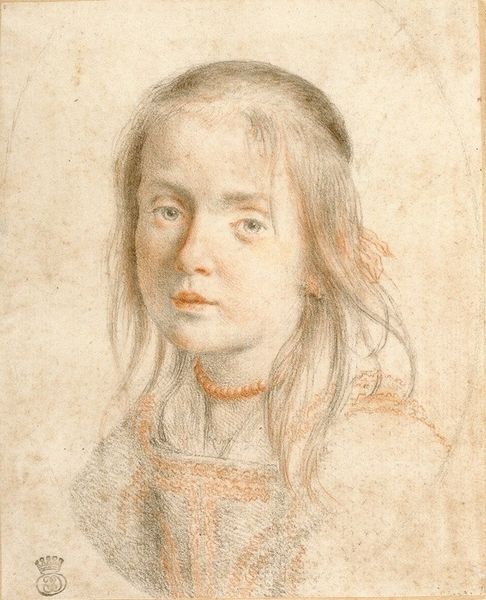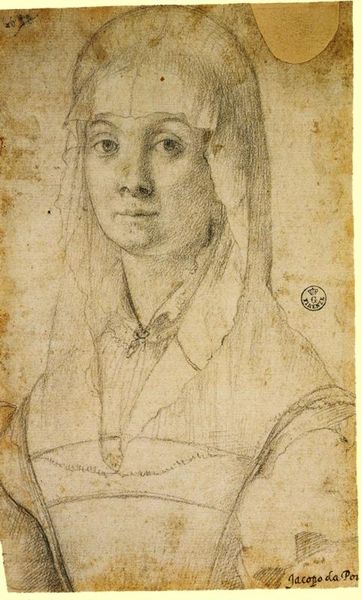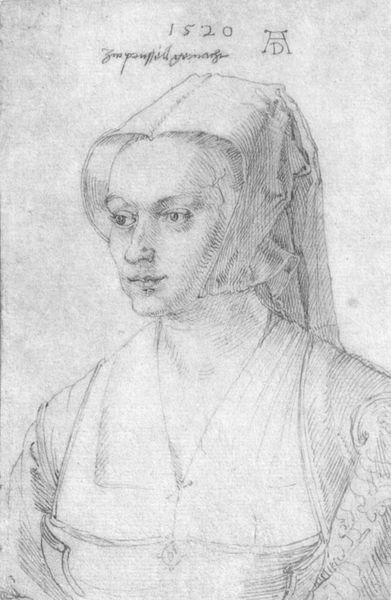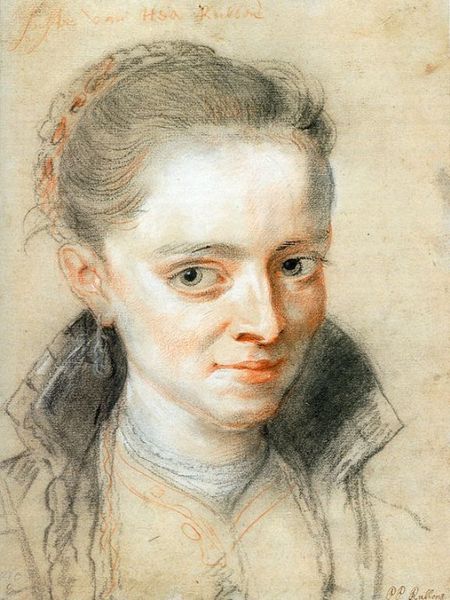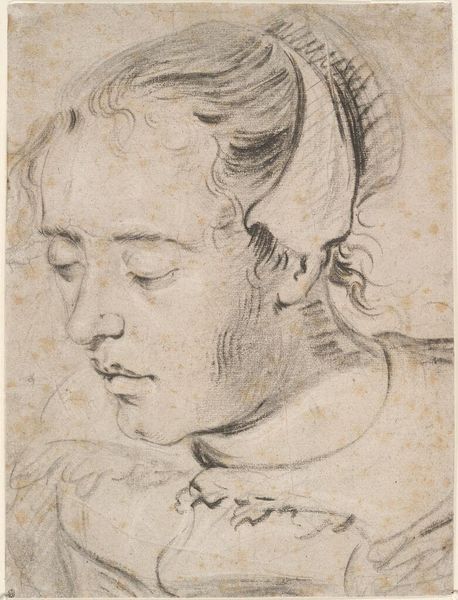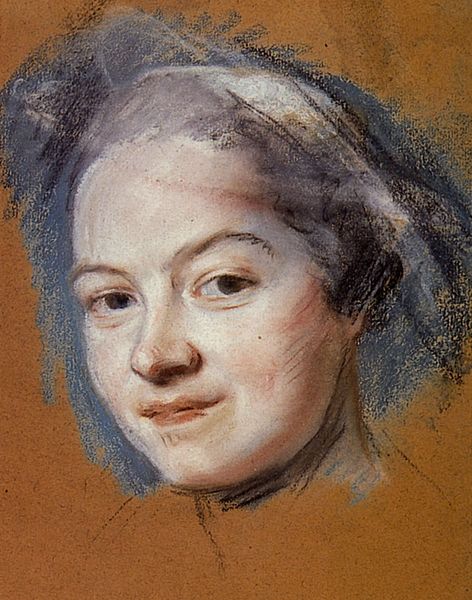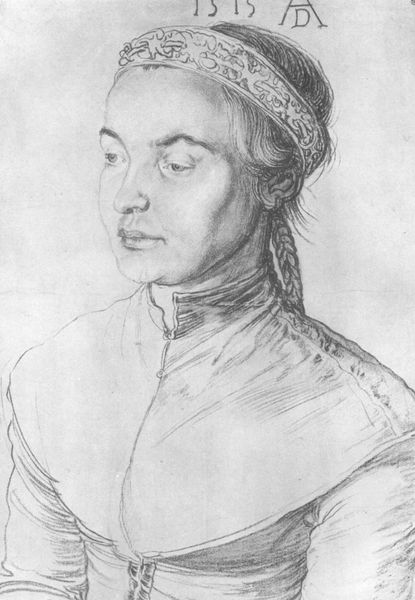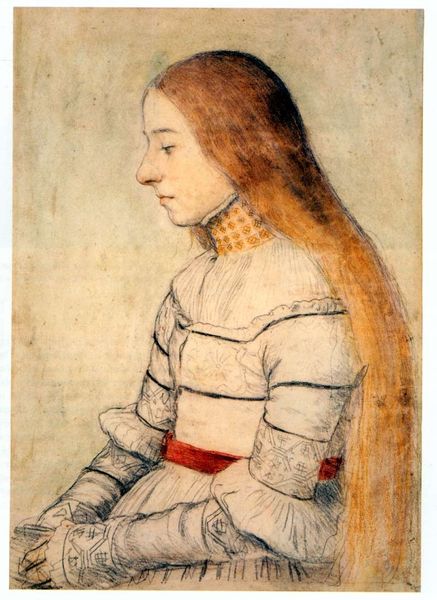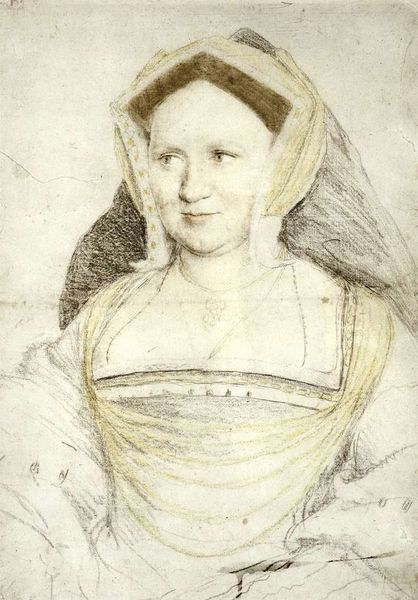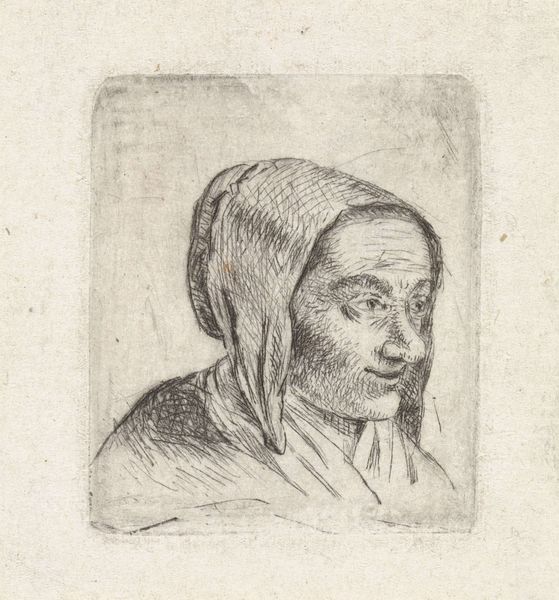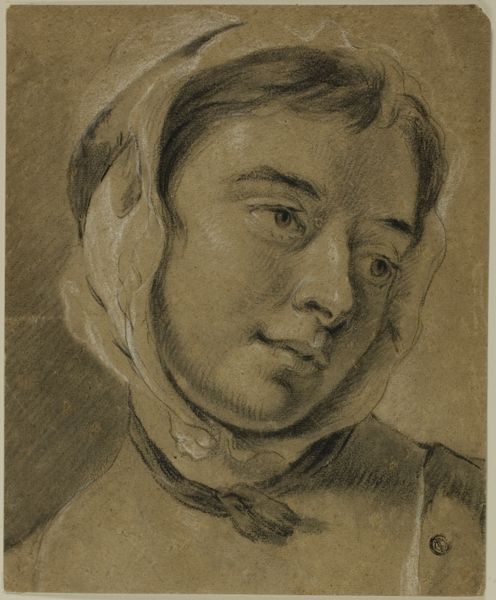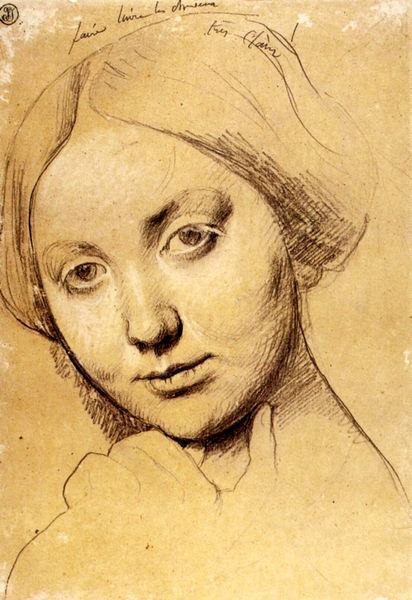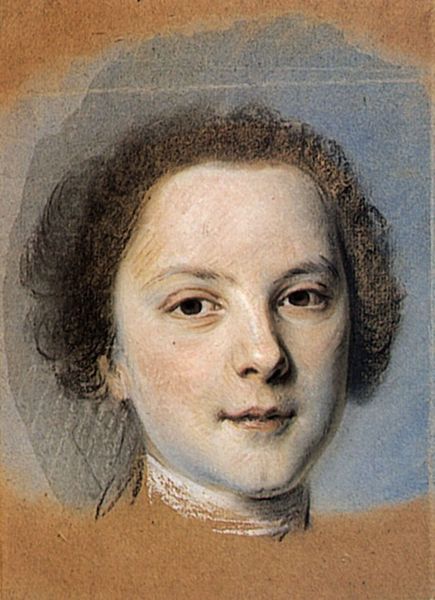
drawing, paper, ink, pencil, charcoal
#
portrait
#
drawing
#
self-portrait
#
charcoal drawing
#
figuration
#
paper
#
11_renaissance
#
ink
#
pencil drawing
#
sketch
#
pencil
#
portrait drawing
#
charcoal
#
northern-renaissance
#
realism
Dimensions: 27.5 x 39.6 cm
Copyright: Public domain
Editor: Here we have Hans Holbein the Younger's "Head of a Woman," created in 1522. It’s a drawing, a sketch really, made with pencil, ink and charcoal on paper and it is now held at the Louvre. The level of detail is impressive! It looks so modern, and very realistic. How do you interpret this work, especially considering Holbein's context? Curator: This work is fascinating when we consider the social and cultural functions of portraiture in the Renaissance. Holbein was working in a period where images were powerful tools for establishing status and negotiating social relationships. It's interesting to think about who this woman might have been, and the role that her representation played. What kind of impression does this portrait make on *you*? Editor: Well, she appears fairly modest, not overly adorned, but her expression has some strength and hints at personality. But could Holbein be making a social commentary of sorts by painting her so realistically? Curator: Precisely! Holbein’s realism challenged conventional approaches, depicting subjects with raw authenticity rather than idealizing them. Consider the inscriptions on her garment; they were intended to express devotion. This image’s authenticity served not just as representation but a potential dialogue between the viewer, Holbein, and Renaissance societal expectations around status, and gender. How does it all change how you view the image? Editor: That’s really insightful. Thinking about this in terms of visual language changes everything about how the subject seems intended to relate to viewers then, and us, now. I’m curious to see other women portraits from this period through this lens now! Curator: Indeed. By examining this through history, we not only better understand the artwork, we begin to see how deeply enmeshed are the public role of art and politics of imagery!
Comments
No comments
Be the first to comment and join the conversation on the ultimate creative platform.
